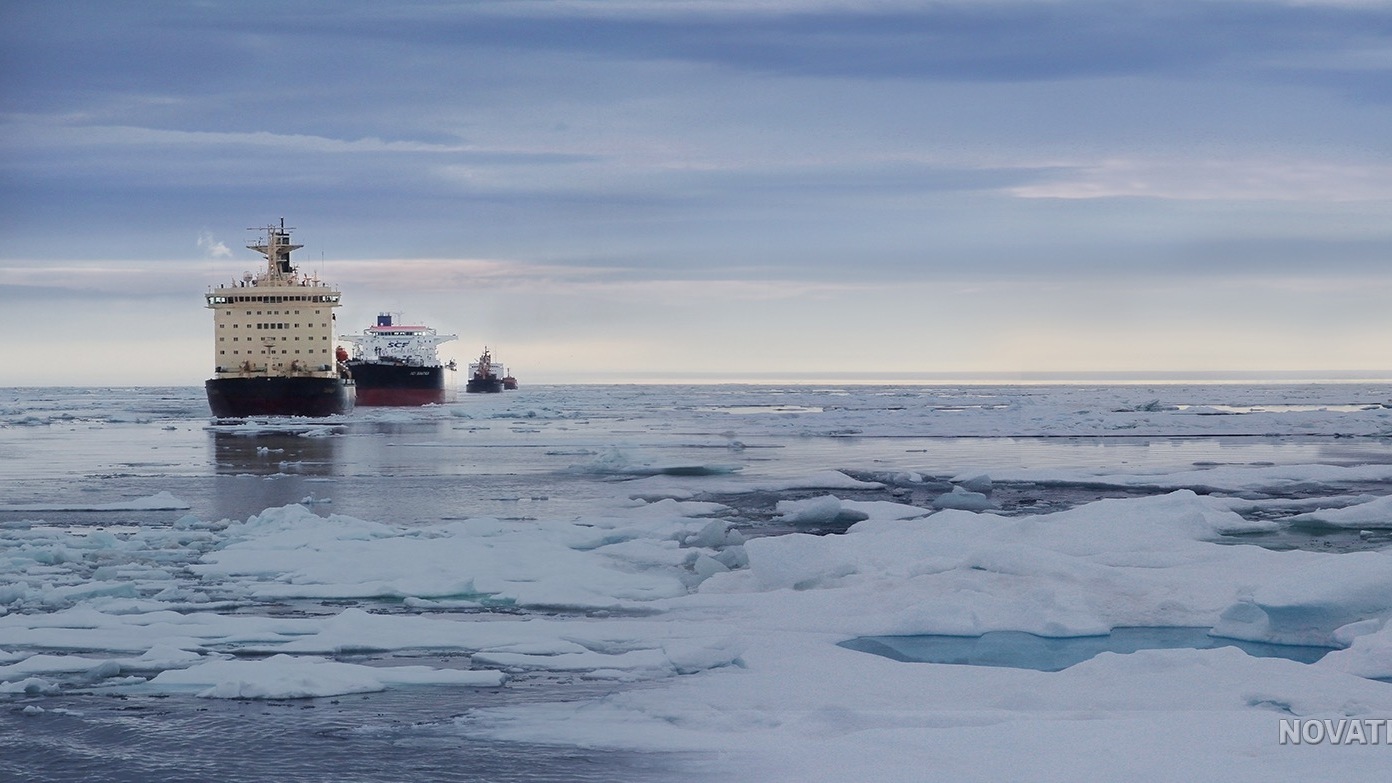
Alexey Belogoryev: «Russia will restore gas export volumes for ten years»
Yekaterina Maximova
Why the risk of losing the European LNG market is high for Russia, whether the country will be able to compete for exports to «friendly» countries in the future — in an interview with Alexey Belogoryev, Director of Research at the Institute of Energy and Finance.
— While Gazprom is rapidly losing the European market, Leonid Mikhelson's Novatek (No. 4 on the Forbes list) is increasing production of liquefied natural gas (LNG) and is already close to overtaking Gazprom in gas supplies to Europe. As evidenced by recent calculations by Reuters. Does Russia remain an important gas supplier for Europeans?
— By the end of 2022, Russia retained the fourth place in the world in terms of LNG exports, losing, albeit by a large margin, only to its already traditional competitors — Qatar, Australia and the United States.
Russia's share in international trade, according to GIIGNL, amounted to 8,24% or 32.1 million tons per year. Last year, Russia increased exports, according to the same data, by 8,3% or 2.5 million tons.
-Last year, the EU countries imported 15 million tons of LNG from Russia is a sixth of the total needs of Europe. How much Russian LNG will Europeans receive this year?
-Unfortunately, this success will not be repeated in 2023: in the first half of the year, commercial production and export of LNG to Russia has noticeably sagged. According to Refinitiv Eikon, sea shipments of Russian LNG in January–June have already decreased by 12% by the first half of 2022. This means a decrease in annual exports by about 2 million tons. And the second half of the year is expected to be slightly better.
— Are the reasons technical or political?
-The problem is the long downtime in different periods of the year of technological lines at the two main Russian plants Yamal—LNG and Sakhalin 2 due to the need for their maintenance, including major repairs.
This is partly due to the fact that last year the factories worked almost non-stop, maximizing production.
On the other hand, the consequences of sanctions, which have made the technological maintenance of factories more complicated and lengthy, are affecting.
— The «excommunication» of Russia from foreign technologies does not prevent Novatek from announcing the launch of the large-capacity Arctic LNG-2 plant, which may be operational by the end of the year.
-The prospects for Russian LNG exports in the coming years depend mainly on two factors: the timing of the launch of the new Arctic LNG 2 plant and the likely imposition of an embargo by the EU.
Yes, Novatek remains relatively optimistic, assuring that it is ready to launch the first stage of Arctic LNG 2 in the winter of 2023/2024. But the next two queues will presumably exit with a noticeable delay.
The timing of the construction of Gazprom's large Baltic LNG plant is also unclear.
All other projects under discussion, including the Murmansk LNG recently announced by NOVATEK, may come into operation only by the end of the decade or even next.
In addition to serious challenges in terms of forced import substitution, there are big problems for the introduction of new large- and medium-tonnage liquefaction capacities in Russia poses a high risk of losing the European LNG market.
— The European Union is actively buying our LNG, but since March, referring to geopolitics, it threatens to do everything to close the «entrance» to Europe to Russian exporters. We are talking about restrictions without the introduction of new sanctions. Your forecast: will the EU abandon our LNG? And where then can Russia redirect exports?
-For a combination of reasons, the introduction of an embargo on Russian LNG at the level of the entire EU is still unlikely in the next two years, but looks almost inevitable in the perspective of 2026-2027.
And the economy of most Russian LNG plants (except, of course, Sakhalin-2) is still focused on preferential supplies to the European market. The reason for this is quite understandable: the relative proximity of this sales market, and, accordingly, a short transport shoulder compared to supplies to any other regions.
On the way from the Cryogaz-Vysotsk plant in the Leningrad region to the Belgian port of Zeebrugge, a gas carrier spends, on average, only five days. From the Yamal Peninsula to Zeebrugge, gas carriers need, on average, about 9-13 days year-round. For comparison, from the Yamal Sabetta to Chinese ports in summer, a similar journey usually takes at least 20 days, and in winter — about 40. Single summer flights to India last about 30 days.
As a result, in the case of redirecting supplies from Europe to any alternative markets (which have yet to be found), the delivery time will increase two to three times, and in winter, when moving eastward along the Northern Sea Route, perhaps even up to four to five times.
In addition to additional costs, this means a sharp increase in the need for a tanker fleet, which is difficult to meet in the conditions of Western sanctions.
Many questions are also related to the long-term strategy for the accelerated expansion of LNG exports. On the one hand, this will restore the total volume of Russian gas exports to the level of 2021, although only in ten years.
-Simply put, for the next ten years, the prospects for Russian gas exports, including LNG and pipeline supplies, look deplorable? The construction of the second gas pipeline to China, if such a decision is made, will also take 10-15 years.
-The economic return from LNG exports, especially for the state, will remain, according to most estimates, noticeably lower than pipeline gas supplies to Europe. And the demand for additional volumes of Russian LNG in «friendly» countries after 2027-2028 cannot be called guaranteed in any way: its sales markets will still have to be seriously fought for.